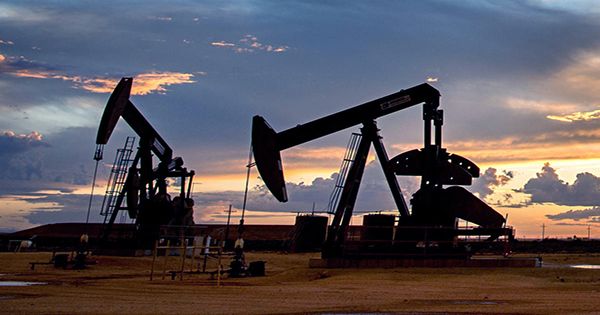Andium, a company focused on monitoring remote areas of resources, including oil and gas wells, has just raised some insignificant cash in an investment round led by OGCI Climate Investments, made up of the world’s largest oil companies. Launched in 2014 to “support” the Paris Agreement to set targets to limit global greenhouse gas emissions, OGCI has so far invested in 21 projects.
Along with Andium, oil majors join existing investors to support Tom Miglis, the current chief investment officer of existing Citadel Securities and Talis Capital, a technology development firm for natural gas emission monitoring, tank telemetry and object detection. The company says it provides real-time data from remote areas to oil and gas companies at a much lower cost than other solutions.
Some technologies are less exciting than sensors and monitoring equipment, but there are also some technical services that more important for stalling greenhouse gas emissions. As Mark Tomasovic, a partner in a renewable investment firm, Energize tweeted (to me), “Several companies are involved in monitoring and reducing methane emissions by producing oil and gas wells …
There are [1 million] wells in the United States and methane is 28x more powerful than CO2, these beginnings have had a greater impact on global climate change since Tesla.” Said Jory Schwach, the chief executive of Andium, in a statement, “We believe that visibility change is most important in terms of leadership and operational excellence, and our remote monitoring technologies are specifically designed to offer organizations a rapid approach to achieving their sustainable goals.” Schwartz, a serial entrepreneur whose previous promotions in the business world included GlobalRim, a solar global positioning systems company, and an offline communications service, began building battery-powered tracking systems for the logistics industry.
“I’ve spent a better part of two years developing a battery-powered tracking solution for long-term trailers so that the market can replace brokers with“shared assets”. I quickly and often failed in hardware and realized that the real value was in constantly changing product requests that could be more easily resolved through any software change,” Schwach told the publishing authority magazine.
“I’ve decided that if I could lift the OS to customize products based on changes in usage while managing hardware and infrastructure for clients, creating a new type of operating system for a smaller device could be a big business.” Indium’s technology uses an artificial intelligence overlay shelf camera and microphones to provide real-time monitoring of all kinds of industrial assets.














